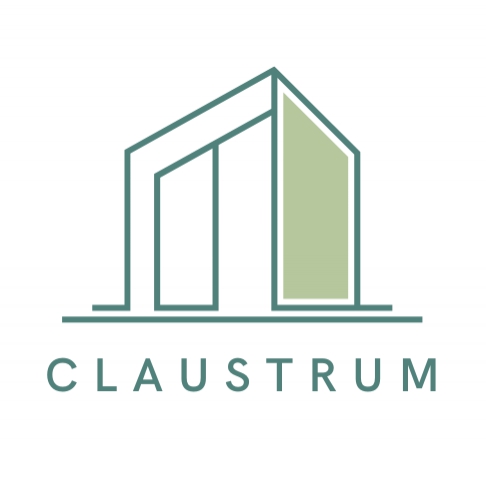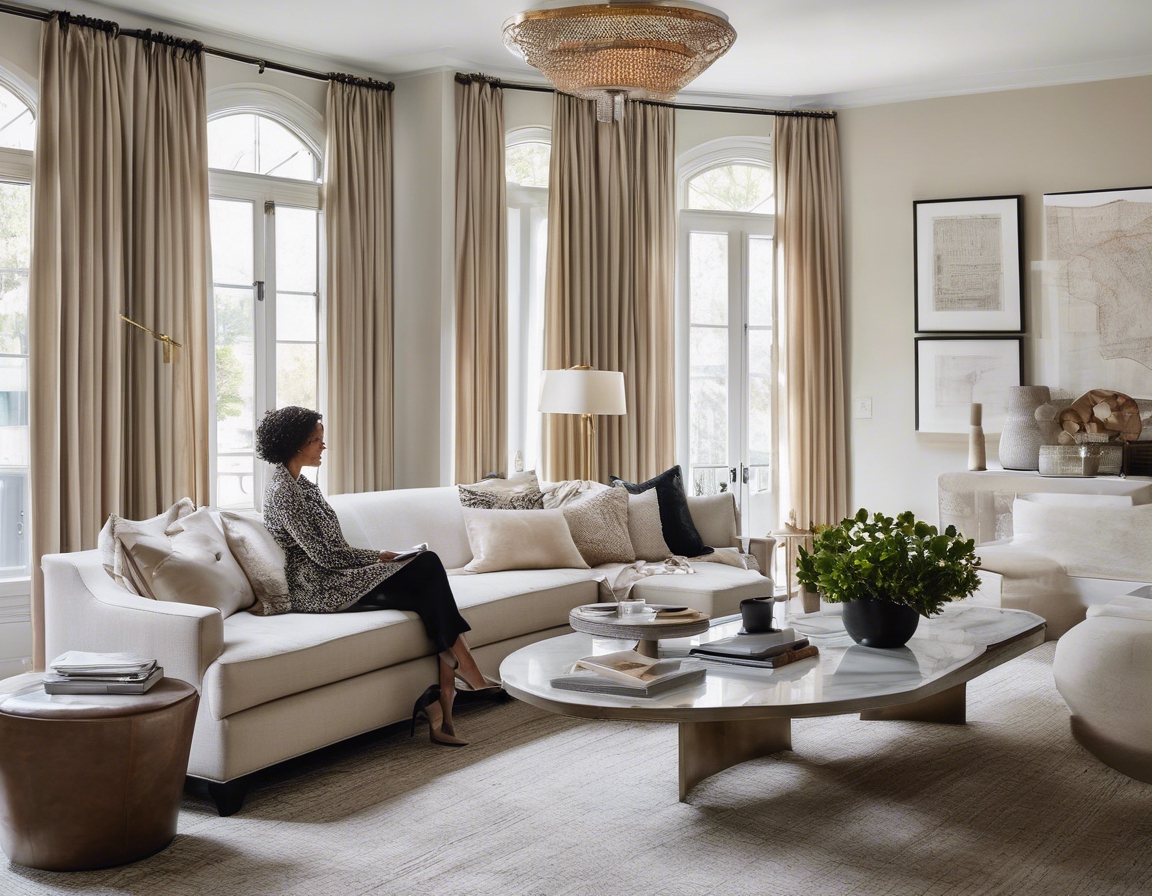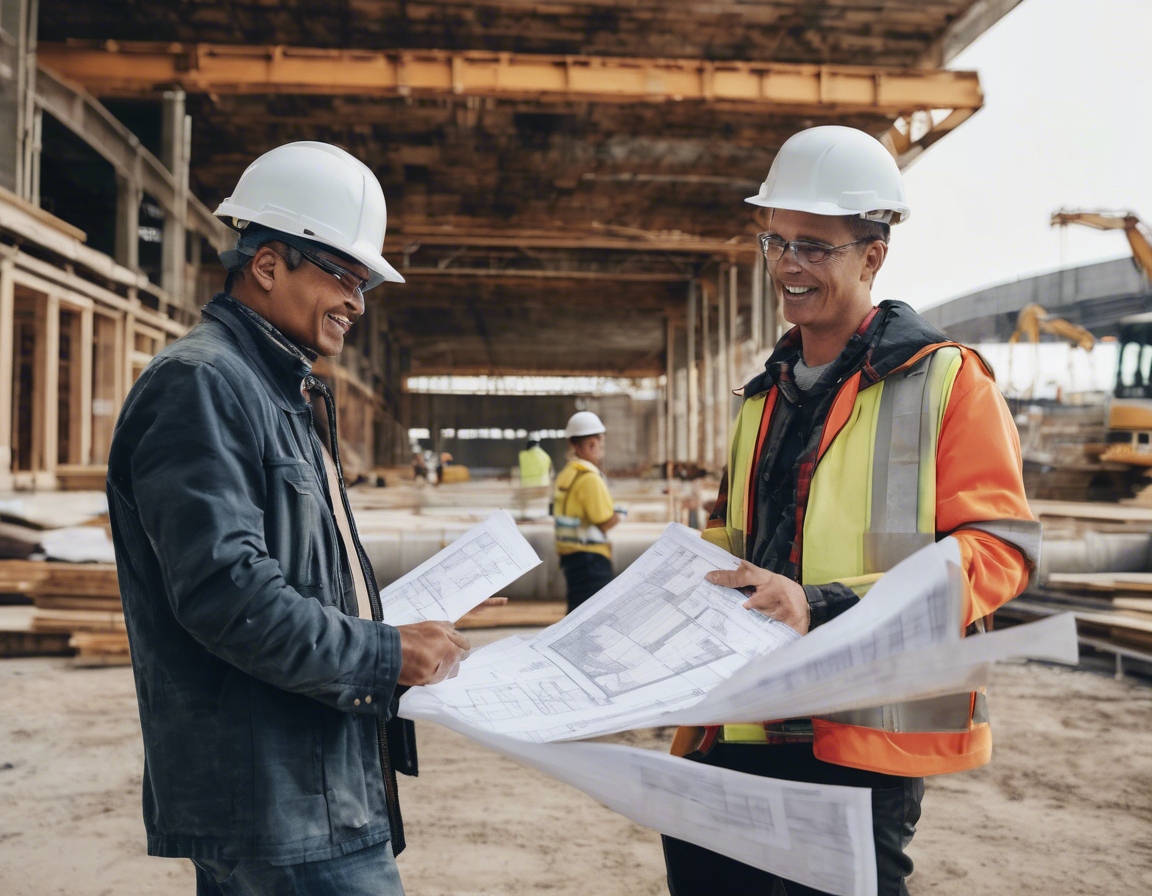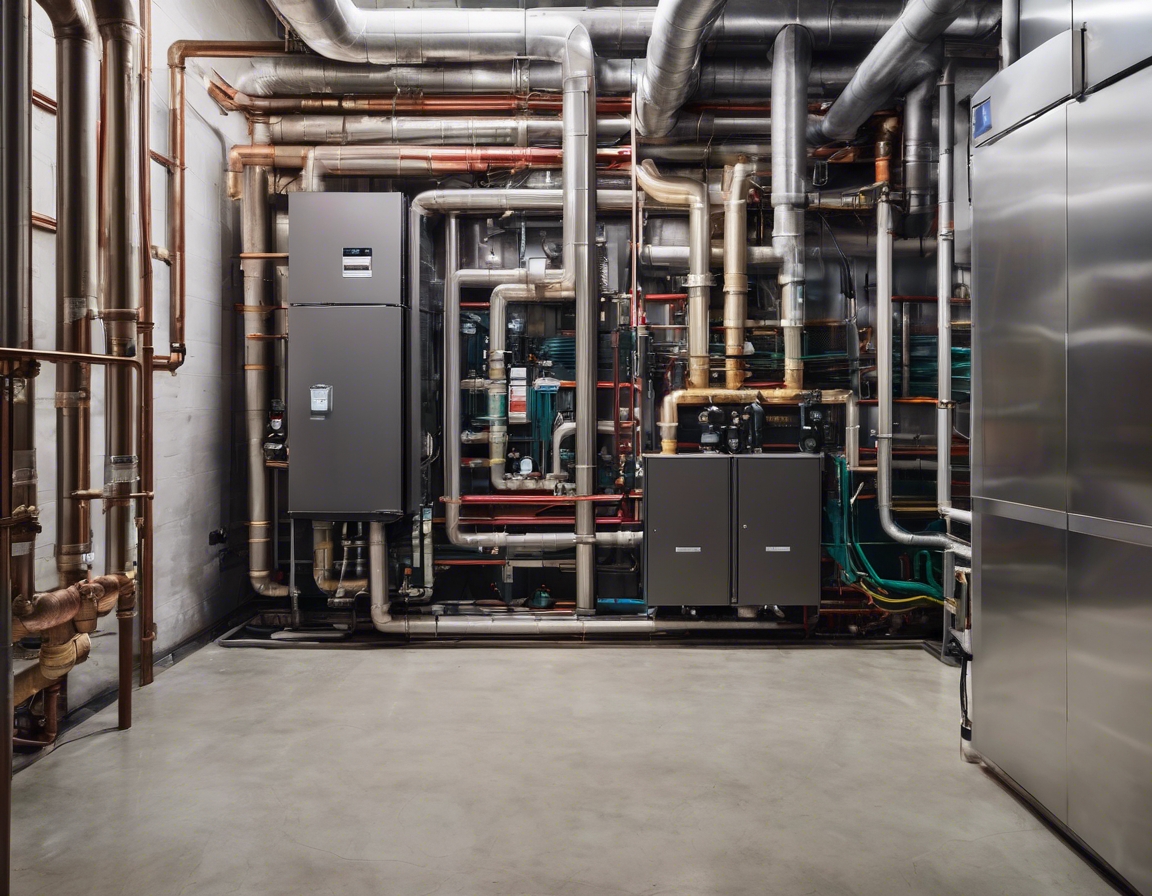Top trends in sustainable building practices
Sustainable building practices have become a cornerstone of modern construction, driven by the urgent need to reduce environmental impact and enhance energy efficiency. As homeowners and property developers increasingly prioritize sustainability, the construction industry is evolving to meet these demands with innovative solutions.
The Rise of Green Building Certifications
Green building certifications such as LEED (Leadership in Energy and Environmental Design) and BREEAM (Building Research Establishment Environmental Assessment Method) have gained prominence. These certifications provide a framework for assessing the sustainability of buildings, encouraging developers to adopt eco-friendly practices and materials.
Energy Efficiency and Renewable Energy Integration
Energy efficiency is at the forefront of sustainable building practices. Incorporating renewable energy sources like solar panels and wind turbines into building designs not only reduces carbon footprints but also lowers energy costs. Advanced insulation, energy-efficient windows, and smart HVAC systems are becoming standard in sustainable construction.
Innovative Sustainable Materials
The use of sustainable materials is revolutionizing the construction industry. Materials such as bamboo, recycled steel, and reclaimed wood are not only environmentally friendly but also offer durability and aesthetic appeal. Innovations like self-healing concrete and bio-based composites are paving the way for more sustainable building solutions.
Water Conservation Techniques
Water conservation is a critical aspect of sustainable building. Techniques such as rainwater harvesting, greywater recycling, and low-flow fixtures help reduce water usage. These practices are essential in urban areas where water scarcity is a growing concern.
Smart Building Technologies
Smart technologies are transforming buildings into intelligent ecosystems. Automated systems for lighting, heating, and cooling optimize energy use, while IoT devices provide real-time data for efficient building management. These technologies enhance comfort and reduce operational costs.
Urban Greening and Biodiversity
Incorporating green spaces and biodiversity into urban environments is a trend gaining momentum. Green roofs, vertical gardens, and urban forests not only improve air quality but also provide habitats for wildlife. These initiatives contribute to the well-being of urban dwellers and promote ecological balance.
Modular and Prefabricated Construction
Modular and prefabricated construction methods offer sustainable solutions by reducing waste and construction time. These techniques allow for precise manufacturing and assembly, minimizing the environmental impact and providing cost-effective alternatives for developers.
The Role of Circular Economy in Construction
The circular economy model emphasizes the reuse and recycling of materials, reducing waste and promoting sustainability. In construction, this approach involves designing buildings for disassembly and using materials that can be repurposed at the end of their lifecycle.






Comments (0)